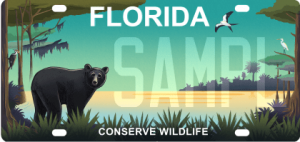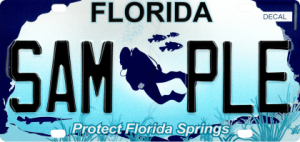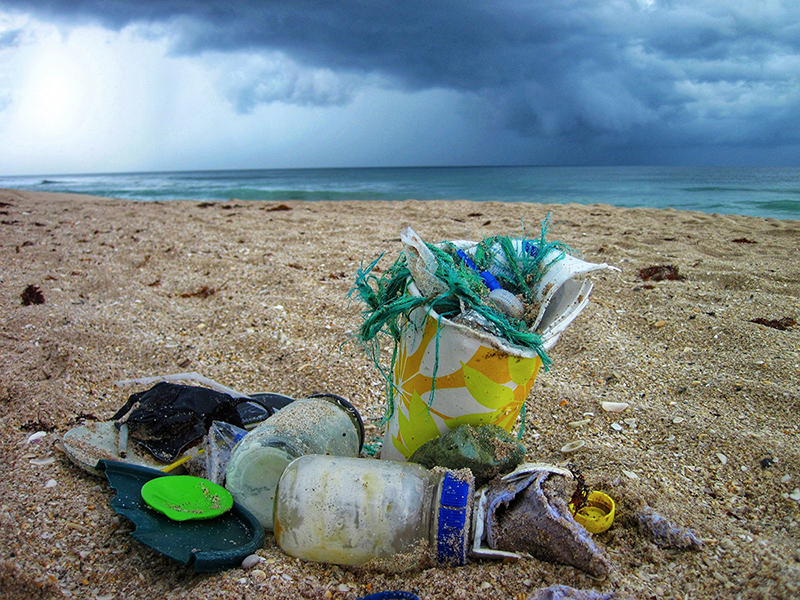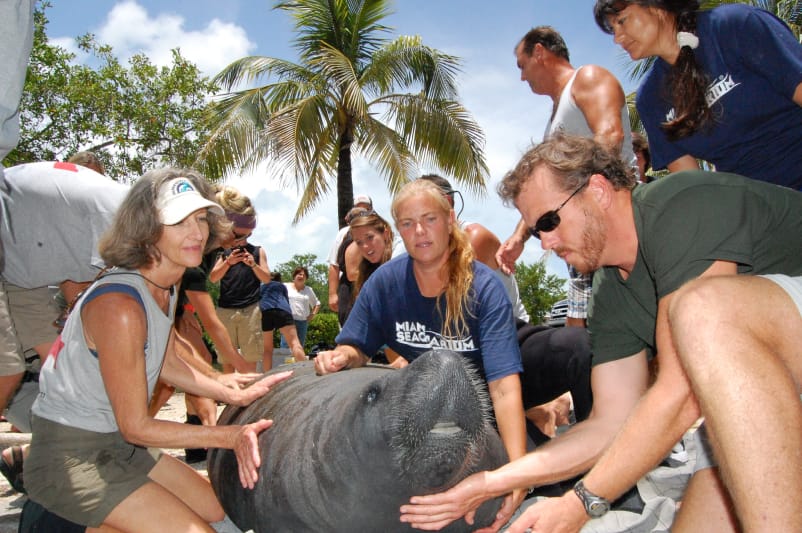
The U.S. Fish & Wildlife Service’s latest Species Status Assessment (SSA) for the Florida Panther has been released. The 309-page document compiles the latest data on panther population health, home range dynamics and movements, food habits, and current and future threats to the only North American breeding population east of the Mississippi River. The major critical threats outlined by the article include habitat loss and fragmentation, genetic resiliency, and human-panther conflict.
The USFWS defines the panther’s liveable, breeding habitat as its “Functional Zone.” In total, 9,094 square kilometers make up this Functional Zone, mostly in the Big Cypress and Long Pine Key areas. However, other areas of Florida that do not currently support panther populations, were identified as potential habitat. These areas include the Big Bend region and Apalachicola National Forest, both of which are much farther north than the current (or any recent) Florida panther populations have been found.
Unfortunately, future Florida human population projections, coupled with habitat loss secondary to climbing sea levels, predict a stark reduction in the Florida panther home. A combined 17% of current Functional Zone habitat is predicted to be lost to planned developments and a rise in sea level by 2040. By 2070, it is predicted Florida will be home to an additional 14.9 million new residents, including 1.27 million people added to Lee, Collier, and Hendry counties, where most panther populations are currently found. Habitat fragmentation caused by busy highways and development is devastating to the panther population for several reasons, including limiting genetic diversity by separating breeding stock and limiting population expansion into new suitable habitats. And this increase could lead to additional motor vehicle deaths and other harmful human-panther interactions.
In addition to habitat loss and fragmentation, a neuromuscular disorder called feline leukomyelopathy (or FLM) has been recorded in panther and bobcat populations across the state. The disease affects an individual’s ability to walk, usually causing hind limb weakness and discoordination. As of August 2021, three cases had been confirmed in panthers, with an additional 20 suspected cases. The spread of the disease could imminently affect hunting behaviors and the ability for populations to sprawl into new territories.
Despite these threats, the current panther population remains five-times larger than the population of 30 years ago. Thanks to the introduction of breeding females from Texas, the current Florida panther population likely has a stronger genetic resilience than any population in the last 100 years. The continued conservation efforts at a state and federal level are absolutely critical to maintaining these gains and combating future threats.
We are committed to supporting the continued conservation of Florida panthers, one of our state’s most iconic and beloved animals. Our Adopt-A-Panther plush is the perfect way to support our Florida Panther Fund, which funds the location and protection of panther dens and kittens, research into feline leukomyelopathy, tools to treat animals hurt in car collisions, and rehabilitation facilities.











